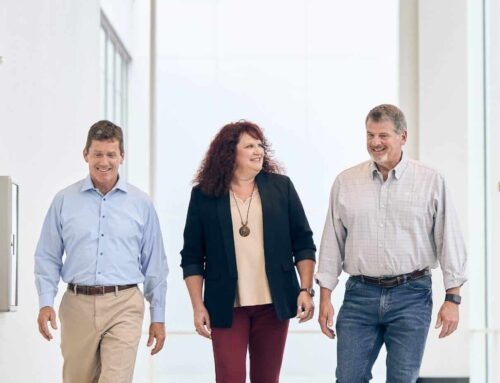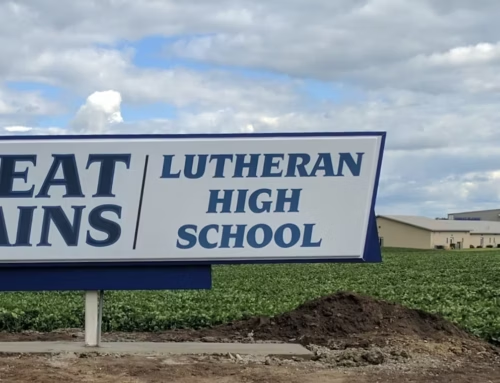Affordable housing construction. For some, hearing these words may conjure images of poorly built homes and negative stereotypes about the neighborhoods surrounding them. In fact, the concept of affordable housing is a vital, dynamic part of maintaining a strong economy, even for those who may not need stable housing. Let’s explore how affordable housing construction plays a key role in a sustainable economy.
Tapping Into Job Growth
Think about the last time you saw a new apartment complex or condo community being built in your neighborhood. There were dozens of trucks and machines going in and out of the job site, teams of skilled engineers and contractors in a flurry of activity. Concrete being poured, roofs taking shape, and walls hammered into place. There were probably fences or barriers erected to help keep motorists and pedestrians safe. For this one new community, scores of jobs filled by gainfully employed people were behind it. With so many industries seeing a downturn in job growth over the last year, by the practice of affordable housing, the construction industry can keep more jobs in the workforce during this critical time, avoiding this same fate.
Investing In Your Community
A thriving community is like a healthy bank account. The more members it has living, working, and spending money there, the more it grows and the more value it yields. It’s a simple equation: by implementing more affordable housing opportunities, it enables more new families to live there, and thus puts more money back into the community at the local stores, businesses, restaurants, schools, and medical facilities. Looking deeper, the more people who can afford to live in a safe, quality-built space, the more likely they’ll want to work closer to home, thus contributing to overall job growth in that region.
The Bigger Picture
Low-cost housing solves many problems for those in need of safe, stable housing, and stops a ripple effect of long-term issues behind the scenes. Once those at any income level are enabled to be part of a community, the most immediate impact is the drop in evictions and homelessness. For those on the brink of homelessness—including the elderly, those laid off or suddenly unemployed due to the pandemic, and veterans transitioning back to civilian life—this is a terrifying and daily threat. Affordable housing construction can help solve these challenges. When these individuals can now take root, the larger tapestry of barriers begin to break down.
- Healthier in mind and body
- The sacrifices people make on their healthcare, education, or even food expenses for the sake of paying their monthly rent are reduced with affordable housing. People can re-invest in these areas now that the threat of homelessness is diminished.
- Safer living
- Affordable housing in a newly constructed community takes people out of environments with exposure to lead paint, aging plumbing, old wiring, poor insulation, and buildings that are structurally unsafe.
When people are more entrenched in a community thanks to affordable housing construction, they can benefit from all the resources that community has to offer. Healthcare, childcare, community schools, recreation, employment opportunities, and family services are all now within reach. Families can become stronger, more stable, and contribute to the strength of the community around them. At Catalyst, that is our belief too—the strength of one can uplift and empower us all. We want to be part of the solution to make affordable housing construction a reality in as many Wisconsin communities as we can, to make a strong impact on our economy and help turn the tide on job loss. Contact us today to start impacting your community.





